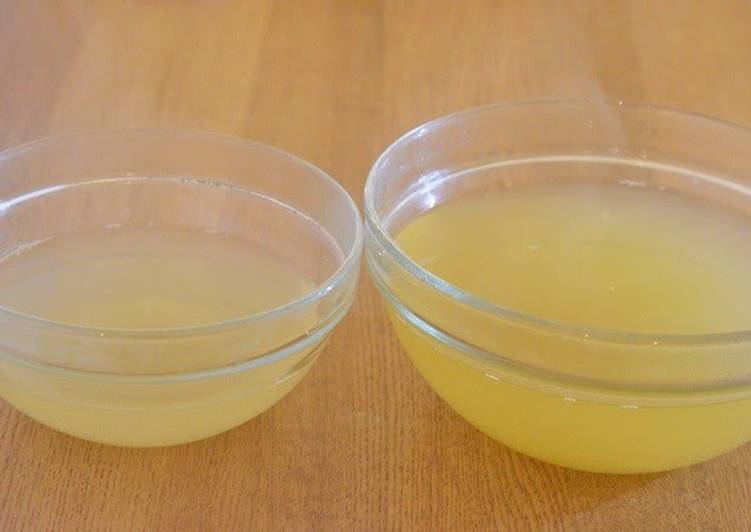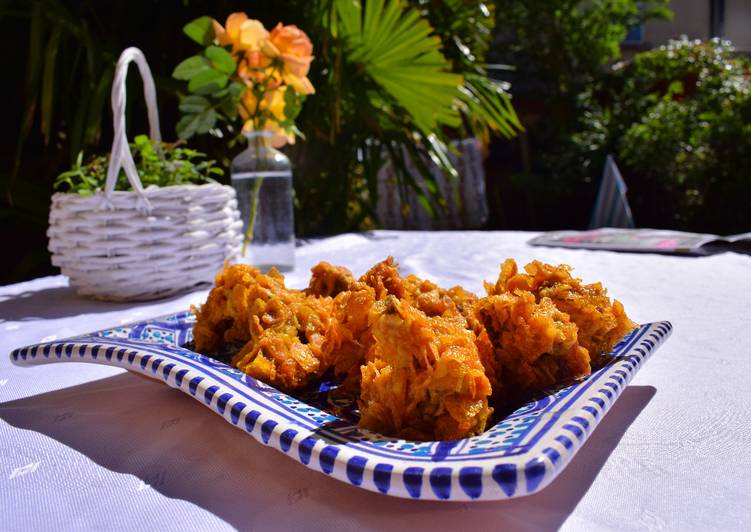Hey everyone, welcome to our recipe page, if you're looking for Basic Dashi Stock (Ichiban/First Dashi, Niban/Second Dashi) recipe, look no further! We provide you only the best Basic Dashi Stock (Ichiban/First Dashi, Niban/Second Dashi) recipe here. We also have wide variety of recipes to try.

Before you jump to Basic Dashi Stock (Ichiban/First Dashi, Niban/Second Dashi) recipe, you may want to read this short interesting healthy tips about
Green Living In The Kitchen area Could save you Money.
It was certainly not that long ago that hippies and tree huggers were the only ones to show concern about the well-being of the ecosystem. That has totally changed now, since we all appear to have an awareness that the planet is having problems, and we all have a part to play in fixing it. The experts are agreed that we are unable to change things for the better without everyone’s active participation. This should happen soon and living in methods more friendly to the environment should become an objective for every individual family. Here are a number of tips that can help you save energy, for the most part by making your cooking area more green.
A massive amount of electricity is consumed by freezers as well as refrigerators, and it’s even worse if they are working inefficiently. If you happen to be in the market for a new one, the good news is that compared with models from 10 or more years ago, they use about 60% less electrical power. The suitable temperature settings for your fridge and freezer, whereby you’ll be saving electricity and optimising the preservation of food, is 37F and 0F. An additional way to save electricity is to keep the condenser clean, for the reason that the motor won’t have to go as often.
As you can see, there are lots of little things that you can do to save energy, and save money, in the kitchen alone. Natural living is something we can all accomplish, without difficulty. Typically, all it will take is a little bit of common sense.
We hope you got insight from reading it, now let’s go back to basic dashi stock (ichiban/first dashi, niban/second dashi) recipe. To make basic dashi stock (ichiban/first dashi, niban/second dashi) you only need 5 ingredients and 8 steps. Here is how you do that.
The ingredients needed to cook Basic Dashi Stock (Ichiban/First Dashi, Niban/Second Dashi):
- Prepare Kombu
- Provide Bonito flakes
- Take + 100 ml Water (for the ichiban/first dashi)
- You need Water (for the niban/second dashi)
- Take Additional bonito flakes (only if necessary)
Steps to make Basic Dashi Stock (Ichiban/First Dashi, Niban/Second Dashi):
- Soak the konbu seaweed in water (for the ichiban/first dashi) overnight.
- Heat water and konbu seaweed from Step 1. When it comes to a boil, remove the konbu seaweed. Add extra water plus all the bonito flakes at once and bring to a boil. Turn off the heat as soon as it boils.
- When the bonito flakes sink to the bottom (in 2-3 minutes) either scoop out or strain the dashi through paper towels.
- Put the used konbu seaweed and bonito flakes in water for niban/second dashi and bring to a boil. Simmer over low heat for 5 minutes. If adding adding more bonito flakes for flavor, add 1/2 the amount used for the ichiban dashi.
- Store dashi you'll use right away in a pot (it'll keep for 2-3 days). To store dashi longer (up to 3 weeks) pour into ice trays, or into a plastic ziplock bag and freeze flat.
- Use ichiban-dashi for clear soups and miso soups, and other dishes that call for it. Use niban-dashi for simmered dishes and the like.
- I recommend simmering niban-dashi and konbu seaweed used for making dashi with vegetables in a pressure cooker. The dashi flavor penetrates the vegetables, and the konbu seaweed becomes soft and silky. You can enjoy a lot of vegetables this way.
- Try cooking daikon radish slices (with the sharp edges rounded off) with konbu seaweed, salt, and sugar in a pressure cooker for 10 minutes for a light and mild flavored dish.
If you find this Basic Dashi Stock (Ichiban/First Dashi, Niban/Second Dashi) recipe helpful please share it to your good friends or family, thank you and good luck.


